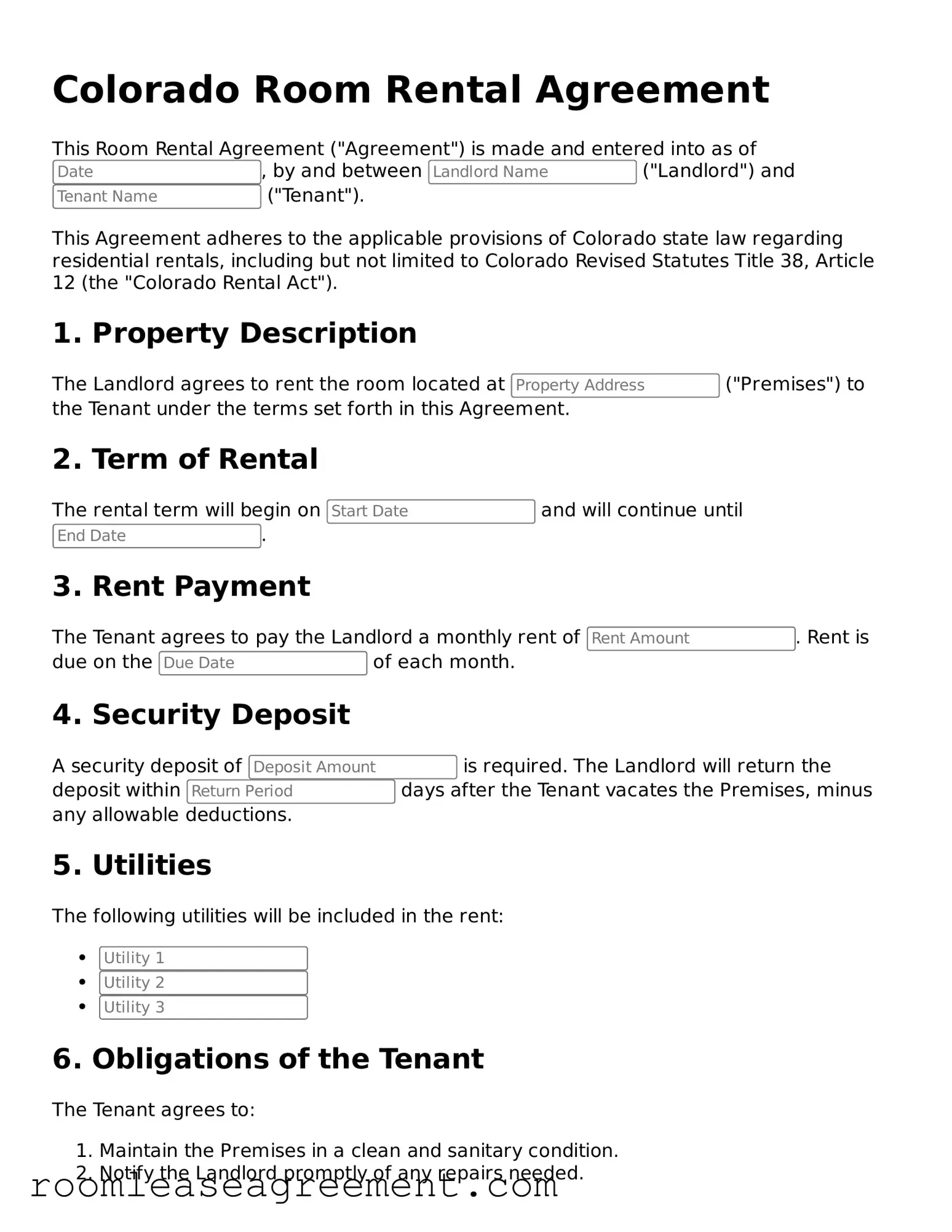Popular Room Rental Agreement State Templates
Room Rental Agreement Nevada - Establish consequences for unauthorized subletting of the room.
Georgia Roommate Agreement - The document promotes accountability and responsibility between landlords and tenants alike.
Washington State Lease - Establishes room rental as a formal arrangement between parties.
The timely submission of the Georgia Att 112 form is crucial for wine shippers, as it ensures compliance with state regulations regarding wine shipments, while also providing a detailed account of all shipments made in the previous month.
Roommate Agreement Pdf - This form can be easily modified to suit various rental situations.
